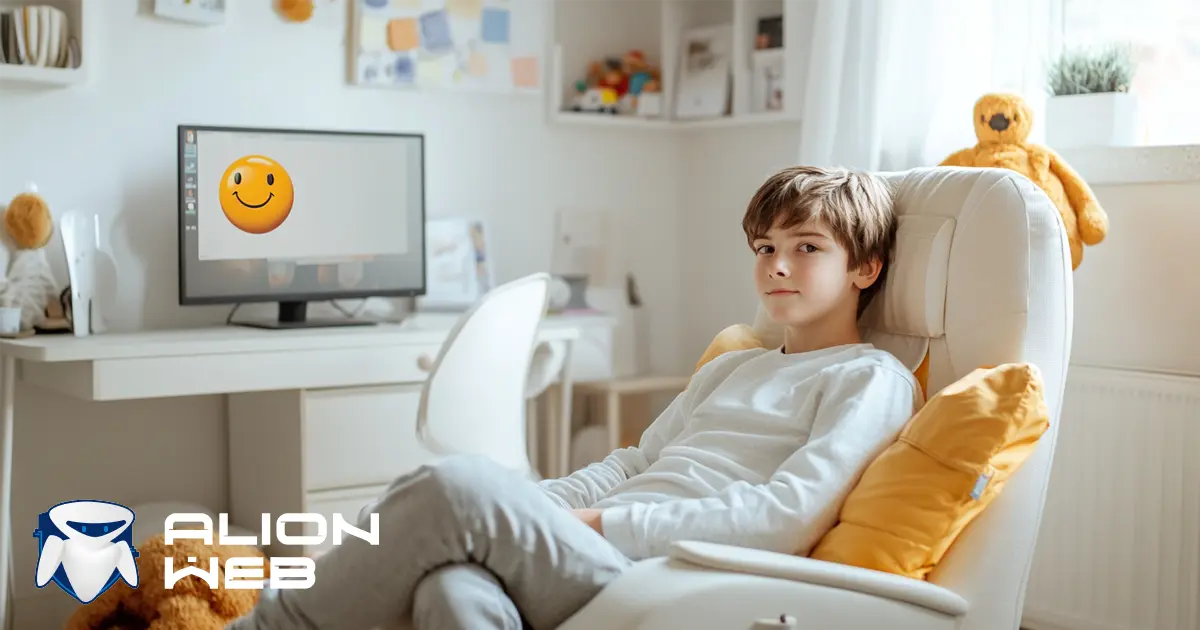How Emojis Influence Teen Communication: Modern Trends and Hidden Meanings

With the development of digital technologies and social media, emojis have become an integral part of everyday communication, especially among teenagers. These compact symbols help express moods, emotions, and thoughts, providing a quick way to share feelings. As emojis have gained popularity, teenagers have started using them not only for regular communication but also to convey hidden meanings. How exactly do emojis influence teenagers' perceptions, and what do they really mean?
Emojis as a Reflection of Emotions and Moods
One of the main uses of emojis is to convey emotions. For example, a smiling emoji 😊 or a red heart ❤️ symbolize joy and affection, while sad faces 😔 or tears 😢 represent sorrow and regret. But despite their obvious simplicity, emojis can carry different shades of meaning depending on the situation and context. The same symbols used in different conversations can be interpreted differently depending on the relationship between the communicators.
Emojis as a Tool for Forming Social Circles
Teenagers often use emojis to create and maintain their own style of communication. In certain groups, emojis can serve not only as a way to express emotions but also as a means of demonstrating affiliation with a specific subculture. For example, the emoji 🖤 can be a symbol for representatives of youth subcultures such as goth or specific musical styles.
Thus, emojis turn into not just a language element but also a symbol of personal identity. Teenagers use these symbols to establish and strengthen connections within a group, showing that they understand shared jokes and coded expressions.
Changing Meanings of Emojis Over Time
Interestingly, the meanings of emojis are not static—they can change over time, acquiring new nuances. What was once simply an image of an object or emotion may become a symbol for something entirely different in the context of teenagers. For example, the emoji 🍑, which is usually associated with a fruit, in modern conversations may have a sexual connotation, while the emoji 🐍, symbolizing a snake, may be used to express betrayal or dissatisfaction.
This phenomenon highlights how important it is to stay updated on how the meanings of these symbols evolve, in order to properly understand the meaning of messages, especially in a teenage environment.
Hidden Messages and Ambiguity
Another characteristic of emojis is their ability to mask the true meaning of a message. Teenagers often use emojis to create ambiguous messages that are difficult to interpret without considering the context. For example, the emojis 💋 or 😏 may hint at flirting, but without additional words, it's hard to understand what exactly is being conveyed.
Thus, emojis help create a special form of communication in which teenagers can hide their true thoughts and feelings, allowing them to avoid direct statements and open confessions.
Risks and Potential Problems with Using Emojis
While emojis provide many convenient tools for communication, they can also create certain problems. Firstly, their use can lead to misunderstandings between teenagers and adults. For instance, symbols that seem harmless may conceal aggression, sarcasm, or even threats. Additionally, emojis can be used for manipulation and pressure, creating situations where the message has a hidden, but negative, subtext.
It is also important to note that due to the multiple meanings of emojis, teenagers may not always be able to accurately convey their thoughts, leading to misunderstandings and conflicts.
Emojis have long been an integral part of teenage communication, helping express emotions, establish social connections, and convey hidden meanings. However, as their popularity grows, so do the ways they are used, leading to new meanings and trends. Understanding these changes and their context is important for both teenagers and adults in order to prevent misunderstandings and accurately interpret messages in the digital environment.
Install AlionWeb to protect your child and have peace of mind
